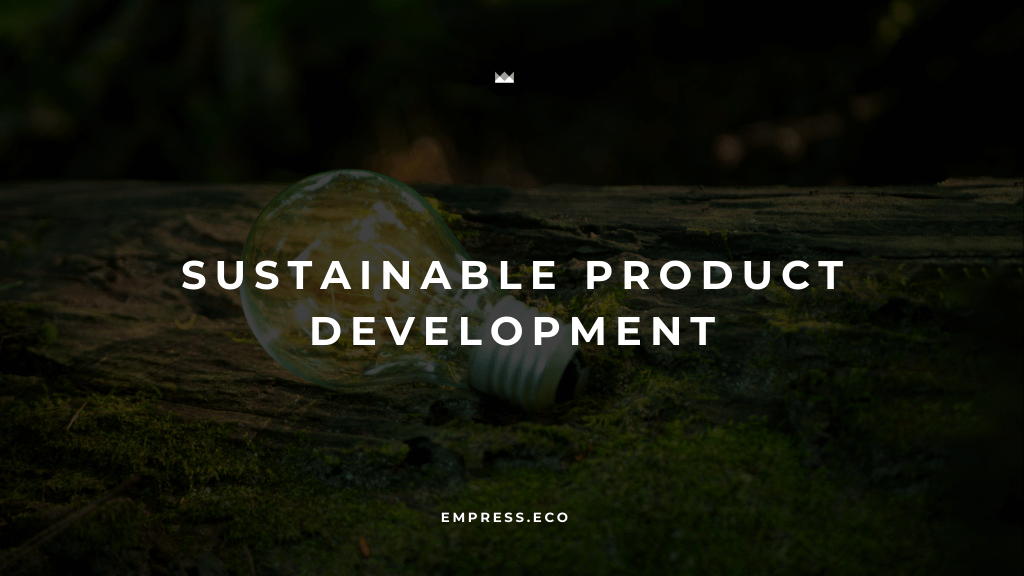As urban populations continue to grow rapidly, creating sustainable, inclusive, and resilient cities has become one of the most pressing challenges of our time. Sustainable Development Goal 11 (SDG 11) aims to "make cities and human settlements inclusive, safe, resilient and sustainable" by 2030. This goal recognizes the pivotal role cities play in achieving sustainable development and addressing global challenges such as climate change, poverty, and inequality.
The Current State of Urban Development
According to the United Nations, over half of the world's population now lives in urban areas, and this proportion is expected to increase to 68% by 2050. This rapid urbanization presents both opportunities and challenges:
- By 2030, the world is projected to have 43 megacities with more than 10 million inhabitants each.
- 1 billion people live in slums, facing inadequate housing and basic services.
- Cities account for about 70% of global carbon emissions and over 60% of resource use.
- 90% of urban expansion in developing countries is occurring in hazard-prone areas.
Key Strategies for Sustainable Urban Development
To achieve SDG 11, cities must adopt innovative approaches to urban planning and management. Here are some key strategies:
1. Inclusive and Affordable Housing
Ensuring access to adequate, safe, and affordable housing for all is crucial:
- Implementing inclusive housing policies that prioritize affordable housing development.
- Upgrading slums and informal settlements to improve living conditions.
- Promoting mixed-income neighborhoods to reduce spatial segregation.
2. Sustainable Transportation Systems
Developing efficient and eco-friendly transportation is essential for reducing emissions and improving urban mobility:
- Investing in public transportation infrastructure, including bus rapid transit and metro systems.
- Promoting cycling and walking through dedicated lanes and pedestrian-friendly urban design.
- Encouraging the adoption of electric vehicles and shared mobility solutions.
3. Participatory Urban Planning
Involving citizens in the planning process ensures that urban development meets the needs of all residents:
- Implementing participatory budgeting processes to involve citizens in decision-making.
- Using digital platforms to gather public input on urban planning projects.
- Empowering local communities to participate in neighborhood improvement initiatives.
4. Green Infrastructure and Public Spaces
Integrating nature into urban environments is crucial for sustainability and quality of life:
- Developing urban green spaces, parks, and recreational areas.
- Implementing green building standards and incentives for sustainable construction.
- Promoting urban agriculture and community gardens.
5. Resilient Urban Design
Building resilience to climate change and natural disasters is increasingly important:
- Developing comprehensive disaster risk reduction strategies.
- Implementing nature-based solutions for flood management and heat mitigation.
- Upgrading infrastructure to withstand extreme weather events.
6. Smart City Technologies
Leveraging technology can enhance urban efficiency and sustainability:
- Implementing smart grid systems for efficient energy management.
- Using IoT devices for real-time monitoring of air quality, traffic, and resource consumption.
- Developing digital platforms for improved public service delivery.
Innovative Urban Planning in Action
Several cities around the world are leading the way in sustainable urban development:
- Copenhagen, Denmark: Aims to become the world's first carbon-neutral capital by 2025 through investments in renewable energy and sustainable transportation.
- Singapore: Implements a comprehensive green building program and has developed innovative water management solutions.
- Medellín, Colombia: Has transformed from a city plagued by violence to a model of social inclusion through innovative urban interventions, including cable cars connecting informal settlements to the city center.
Challenges and Opportunities
While progress is being made, significant challenges remain in achieving SDG 11:
- Financing: Securing adequate funding for sustainable urban infrastructure remains a major hurdle, particularly in developing countries.
- Governance: Effective coordination between different levels of government and stakeholders is crucial for implementing comprehensive urban strategies.
- Technological Gaps: Ensuring equitable access to smart city technologies to avoid exacerbating digital divides.
However, these challenges also present opportunities for innovation and collaboration. The World Bank emphasizes that building sustainable cities and communities is essential for eliminating poverty and boosting shared prosperity at local, regional, and national levels.
Conclusion
Transforming SDG 11 into reality requires a holistic approach to urban planning that integrates social, economic, and environmental considerations. By embracing innovative strategies and technologies, cities can become more inclusive, safe, resilient, and sustainable. As we work towards 2030, it is crucial to maintain momentum, adapt to emerging challenges, and ensure that urbanization becomes a positive force for sustainable development.Through collaborative efforts between governments, the private sector, civil society, and urban residents, we can create cities that not only meet the needs of current generations but also safeguard the well-being of future ones.


